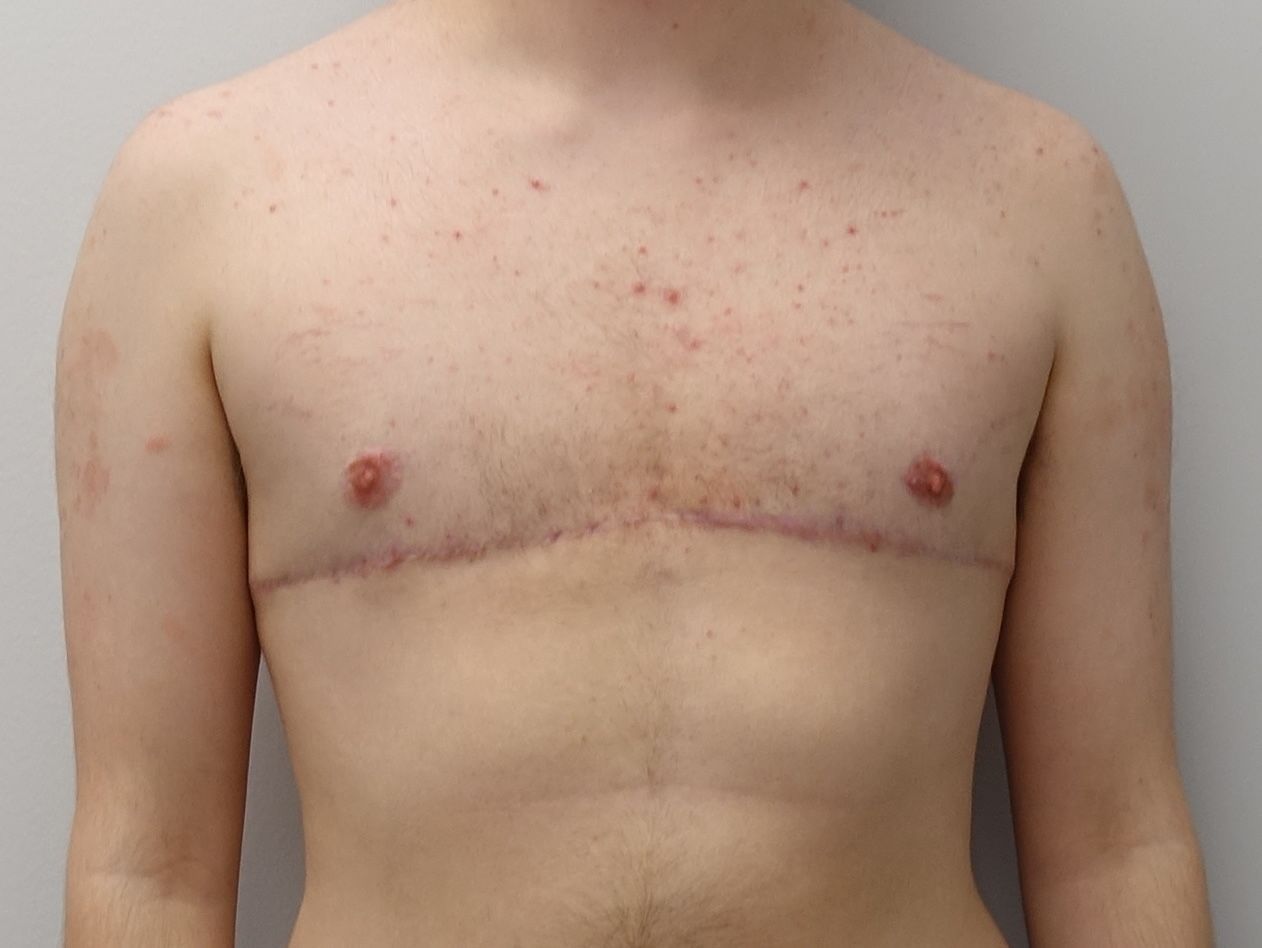Recovery After Top Surgery
Preparing for a Smooth Recovery After Top Surgery
Recovery is one of the most important phases of your top surgery journey. The way you care for yourself in the weeks after surgery can affect healing, comfort, and long-term results. At the Top Surgery Center of Connecticut, we provide detailed instructions to help you feel confident about what to expect.
The First Few Days
Most patients go home the same day as surgery. During this time, rest is essential, and you’ll want someone available to help for the first 1–2 days. Light walking around your home is encouraged, as it helps reduce the risk of blood clots and keeps your circulation moving. However, avoid strenuous activity, lifting, or anything that makes you break a sweat.
Pain management is an important part of early recovery. You may be prescribed antibiotics (especially if you had free nipple grafts) and short-term pain medication. Taking these as directed—and always with food—can prevent complications. Probiotics and staying well hydrated also support your healing process.
Dressings, Drains, and Compression
You’ll leave surgery with dressings, an ace wrap or compression garment, and possibly surgical drains. Drains need to be emptied and recorded daily until they’re removed, usually at your first postop visit. Compression is key—it stays on for 3 weeks, even at night, to help control swelling and keep your chest flat as it heals.
If you had free nipple grafts, the first week requires extra care: keep dressings clean and dry until your surgeon removes them. Showers are limited to below the waist until day 10, when you can carefully shower with your back to the water.
Weeks 2–3: Transition Phase
Once drains and initial dressings are removed, you’ll begin daily care for your incisions and nipples. This often includes applying ointment, using oil gauze to prevent sticking, and continuing compression. For nipple grafts, generous moisture is important early on, then gradually scaled back as they heal. By week 3, if the grafts are fully pink and scab-free, you’ll switch to a lighter lotion for long-term care.
Activity remains limited during this time, but you can slowly increase light movement as your body allows. Always listen to your body—if something causes pain, it’s too soon.
Longer-Term Recovery
By week 4–6, you can begin scar care with silicone tape or scar massage, and most patients return to normal daily activities. Silicone scar tape is evidence-based scar protection and has been shown to help prevent scars from thickening (hypertrophy). This is a preventative measure as scars tend to get thicker over a few months after surgery. Over the next several months, scars will soften and fade, and nipple grafts will continue to adapt and blend with your skin. Sun protection (SPF 50+) is critical to protect scars and grafts.
Final Thoughts
Every recovery is unique, but following your postop plan closely gives you the best chance for smooth healing and results that match your goals. Stay in close contact with your surgical team, and don’t hesitate to call if you have concerns like unusual redness, drainage, or worsening pain.
Healing takes time, but with patience and care, each step brings you closer to feeling at home in your body.



